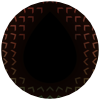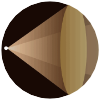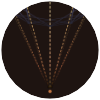This Brilliant Quaking Body
The Flashing Tapestry of Neural Topologies
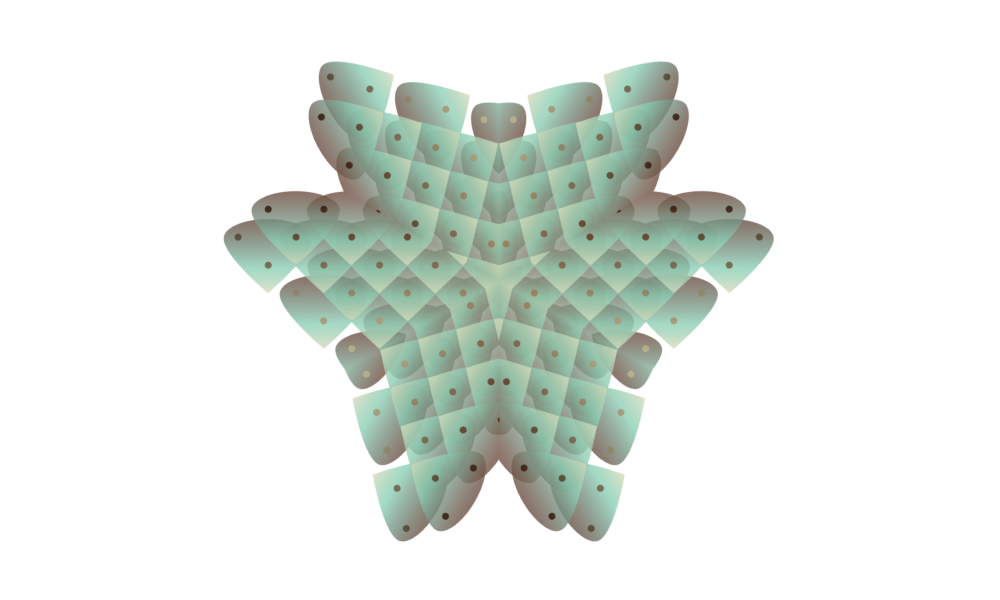
Why topology? Because it aids in the visualization of invariance under transformation: much of what's interesting in topological reasoning, are the surprising ways that the properties of Euclidean space can be subtracted, without losing feasibility nor mathematical rigor. In other words, topology, graph theory, and statespace reasoning aid in the fruitful visualization of neuromorphic experience: what it feels like to be scintillatingly alive, is something like a flashing tapestry folding and ribboning, taking shape and losing it again, always hinting at quasicrystalline regularities but dissolving when the perspective shifts and reveals variance. What's truly invariant in meditative experience is the structure of the neural body itself: not "reality itself", nor "the noumenal", nor any other way of saying "the mind of God". Moreover it's not "mind" which is revealed, but the emergent attractors of a structured neurochemical bath in this brilliant quaking body. What's the difference? "Mind itself" does not exist: the body is defined by existence. It is the unfathomability of the existence of this intelligent unconscious body, which the postaxial philosophers fled: they could not handle the psychotropic side-effects of the abyss of genuine mouthless rationality, genuine biological computation surging through us and over our heads like an impossible tidal wave, the convergence of unthinkable indifference and the most personal forces, we ourselves. This is what deep meditation will teach you to withstand: the abyss of light at the center of your being.
The specific attraction and in a large part the significance of topology lies in the fact that its most important questions and theorems have an immediate intuitive content and thus teach us in a direct way about space, which appears as the place in which continuous processes occur.
P. Alexandroff, Elementary Concepts of Topology, §1.1
What is topology? It is an abstraction of space. It is such a radical abstraction, that it reveals the intertwining of the concepts shape and space: what is space but a continuity of potential points? What is shape but a surface, and what is surface but a bounded set of points?
General topology achieves this abstraction by discarding the notion of distance, and replacing it with the concept of continuity. A little familiarity with set theory is required, but like most powerful notions in mathematics, it's not the complexity which is difficult but the austere simplicity.
The open sets of topology have no "location" in the usual sense. They are solely defined by their membership roster of points, the constituency of which reflects location but no longer contains a localizing function except through their interaction. It is the interaction of these subsets which "builds back" the original shape: a topology is therefore a kind of abstraction of location which can pass through a tight wormhole of minimal representation without losing the essential datum: an approximation of where, given any point which is a member of some collection of these subsets.
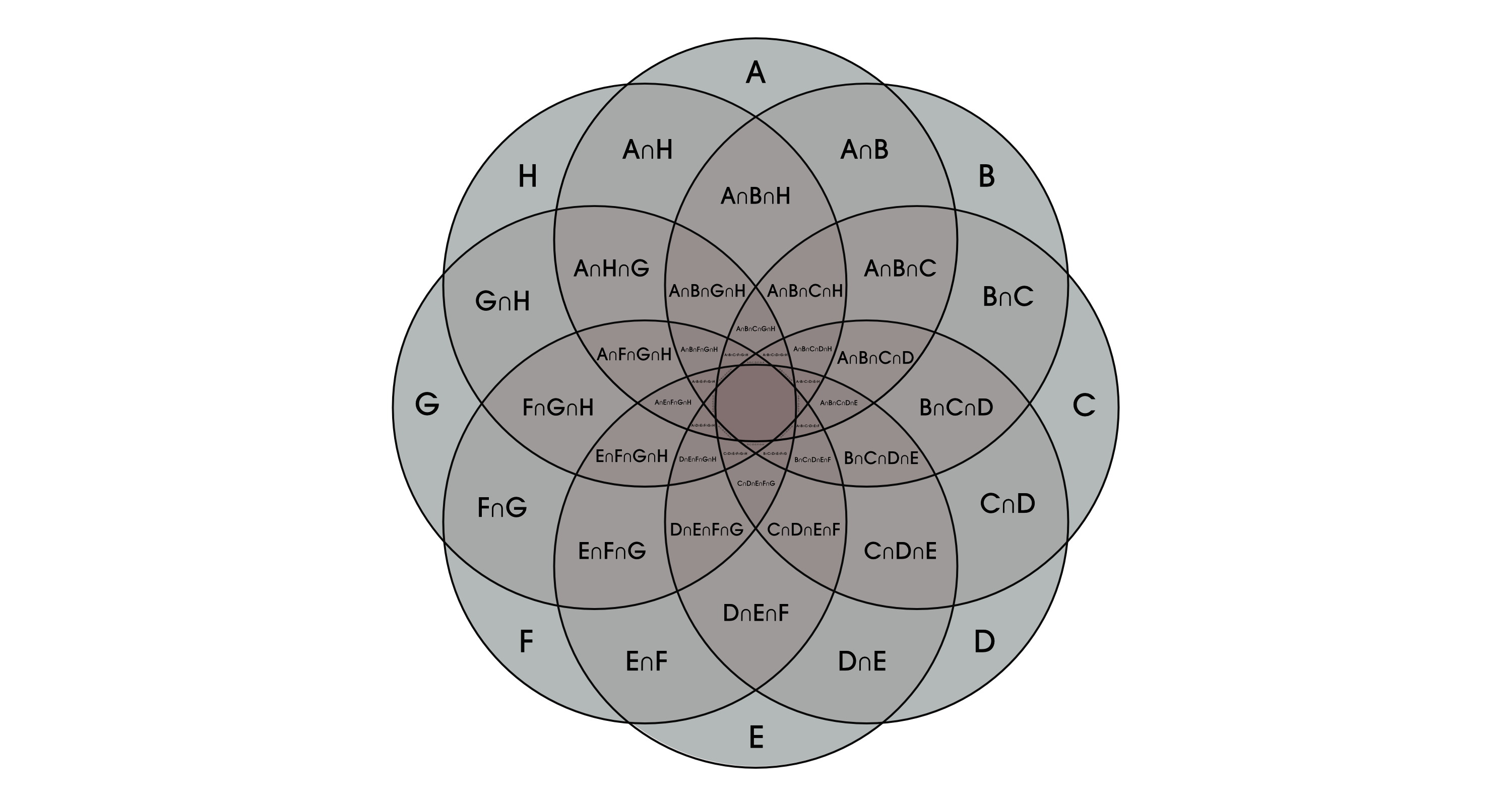
Think of the familiar Cartesian coordinate plane. The important thing to understand about every metric space like this, is that the location of points is defined as units of displacement from a privileged zero point: in topology and affine space, there is no such thing. We're left instead with relative location, defined in topology as subset membership and in affine space as relative displacement vectors.
The reductionistic power of affine structure, is to have replaced the concept of measurable distance with the concept of a ratio of displacement.
Likewise, the powerful abstraction at work in topology is to have replaced the notion of an axis of orthogonal coordinates which define any given point, with the notion of continuity between sets of points. To know the location of a given point, one finds the "neighborhood" sets including that point. This is somewhat like triangulation, except this is a collection of strictly ranged binary detectors, arranged around the point of interest like a lotus...
Could it possibly be that the phyllotactic spirals so common in plants of all kinds, has more than a little to do with the concentric circles and spirals of visual processing artifacts, as a result of optimal packing both in the retinal-cortical mapping and the buds of a growing stem? Heinrich Klüver, stuffing himself with mescaline in the 1920s, thought as much: moreover could such "form constants" be the result of needing to readily hallucinate that which nature produces? Nature must be legible for the nomad. In other words, the longtime fascination with the lotus is not merely about the "transcendence" of mud: self-organizing dynamics in neural experience is one of the many portals back to earth. Such a portal is visible in something as humble as the sunflower: we want geometria to be the science of "untamed earth", just as Mandelbrot dreamt...
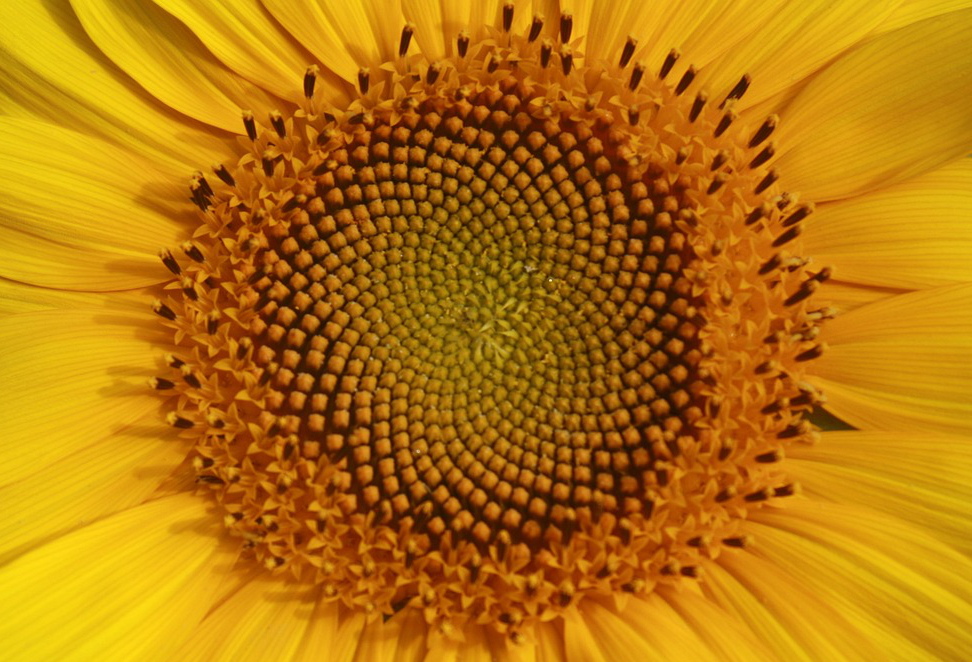
What I've just said is confirmed by that special night I spent in Huichol territory among the cacti of the high desert, when I kept seeing the face of a Peyote button written in concentric circles of the stars... What I'm getting at, is that we must steal back sacred geometry from the weak-minded hippies, wash it clean of self-indulgence with mathematical rigor, blow off the stink of moral posturing with our dragon's breath of unremitting critique, and make it warrior's food again: tantalizing rational correspondences between the branches of axis mundi are supposed to embolden us to act as though our ancestors were watching our every move, as though the very rocks were "grandfather" - and since we share so much, since the frontier between living and dead is not so distinct in the light of nonlinear self-organizing dynamics, who's to say whether we have a right to claim as ancestor everything that seems to speak the hidden language of our most repressed and liminal experience - and what's math but another hidden language?
In other words, the worst of ape-nature stands between us and a more genuine spiritual life. It's probably absurd that we find such intellectual gymnastics necessary just to feel a little more at home on planet earth. It's probably funny that so many skillful rhetorical turns seem necessary just to avoid the suspicion that we're full of shit: but we find the road littered with wrecks and landmines. Everything which prefers shallow social strategy, shortlived moral posturing, frail wishful conclusions planted in the ground like monuments: these are our obstacles, and a broad historical education at first seems to increase the danger of spiritual paralysis, rather than familiarize us with follies. We alienated, overeducated superfluities of the 21st century want to go home: but if we're merely mythmaking, with our crisp psychology and antimetaphysical mathematical trance, isn't mythcraft also within the core human adaptive package? To make excursions to the limits of knowledge, looking for medicine power: are we doing anything different? Homo sapiens is cursed with freedom from instinct, and in place of the unquestionable certainty of instinctual imperative, he must contort his half-insane dreaming mind into something edifying... An inspired madness that compels rational behavior: is there a better definition of the divinatory art?
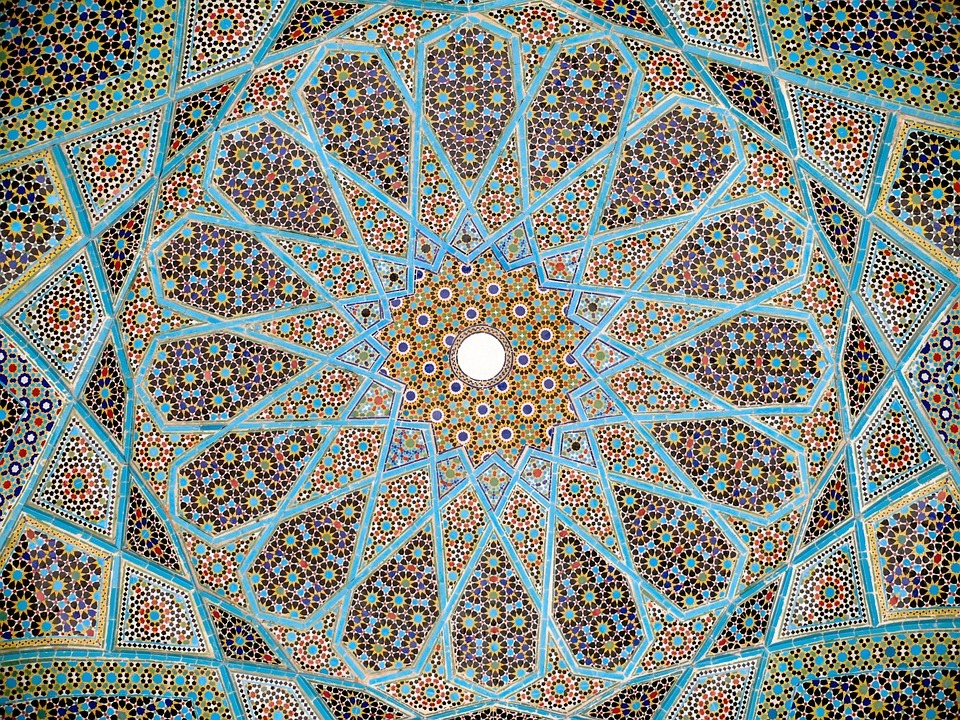
What we lose in precision, we gain in abstraction. And oddly enough, this is closer to the reality of biological computation than a Euclidean distance function ever was: most processes of mapping and path traversal yield to topological analysis much more naturally.
The expressive power of set theory seems to come from the opportunity to perform rigorous binary operations over arbitrarily large datasets: an element is either in the set, or not. Thus an array of subsets over some set of points, provides a neat abstraction of the concept of metric - namely that a region or "open ball" is replaced with the notion of subset, and you're left with the ability to perform binary operations like intersection, which replaces the more familiar arithmetic calculations of coordinate values. And it is the union of subsets which creates an interwoven matrix constituting a topology: which is only rendered back into something like metric space, when the collection of subsets is indexed and iterated, and the overlapping membership and exclusion of each point pushes these subsets into their proper place - they mutually align and form a fabric. Location of a point is not contained in any given datum, which allows for extreme abstraction and economy of notation, but the membership distribution itself contains the shape of the space thus analyzed.
I had a hypnagogic vision related to this subject. Mathematicians don't like to give away the simplicity of their ideas willingly, so I've found it often requires a vision before I feel I have a right to them: the mutually reinforcing coexistence of rigorous definition and poetic elaboration is not common knowledge... After having spent a few hours hitting my head against an especially obtuse topological formula, I did some chores outside in brisk weather - the presence of the whole body being what's typically missing from the textbooks we get. I was cleaning the dust out the large tank I use to collect rainwater by adding a little spare water and sloshing it around, trying to control the flow of particles around the edges of the drain valve. That same night, I had a half-waking dream of dust suspended, gently levitated and settling down upon a curved surface: I knew that the particles were the underlying set, their distribution upon the surface was the topology on that set.
Most of the information conveyed by a sensory neural spike train comes from the origin of the signal. Every patch of your skin contains a variety of specialized sensing neurons, each conveying a specific message. Similarly, the result of motor control signaling is largely determined by which muscle fibers are targeted.
J. Feldman, "Ecological expected utility and the mythical neural code"
The idea we're exploring is that the topological space of neuronal information is layered on top of the affine structure of proprioception: thus the tension between the distorted cortical homunculus and the precision of the cerebellar calculus. Thus also, many of the more notorious hallucinations we get via psychedelic drugs and sensory deprivation: the systems are allowed to decouple, and we begin to see behind the curtain of the elaborate opera called neuromorphic experience. What is "raw" neuronal information but the excitation patterns of a collection of overlapping subsets, which has no inherent "location" except through their indexed values in some other receiving system? If we could ever get close to this raw state, wouldn't it seem as though our body were floating, or the homunculus proportions made our hands and face seem huge, or that our skin were translucent, or that the essence of the body were a fuzzy ball of light...
Neuromorphic experience begins as a topological space, which in the case of proprioception is reconciled to an affine structure, which then is enacted in the real Euclidean-like world, and which receives feedback therefore from that same 4-dimensional world. The fate of a neural bit: radical informative reduction to excitation patterns of overlapping sets of neighboring neurons, which is indexed against an affine proprioceptive structure, which is then selectively reprojected in proprioceptive calculation as needed for precise movement, and which implicitly establishes feedback channels through afferent-efferent loops in tissue and the overlapping sensory systems. Again we must remember that information is not information until it informs behavior: the neuron was, is, and will continue to be a muscle actuator exploited for its capacity to carry feedback the other way... The body is a circle.
There is no metric in biological systems. No dimensional axis, no coordinate system, no Pythagorean distance function. There is ratio of lengths, and there is continuity between overlapping sets. An organism measures the world with its own body.
Neuronal information is minimal: it is metabolically optimized. It is in the indexing set of the receiving systems that the information gains back its richness: a point in space can be estimated with high accuracy not because of the specific accuracy of any one sensory neuron, but because of the high degree of overlap between multiple simultaneously indexed sensory inputs. Navigating a neural topology is like picking one's way through the web of any healthy ecology, or the interval structure of a rich melody which implies many excursions it need not take.
We study topology because it yields insight into the mystery of proprioception, and proprioception is the fundamental sense. Every "feeling" depends upon a localization function: the ancient and worldwide tradition of locating the source of emotional information in the interior organs - the heart and intestines above all - is not because our ancestors were stupid and superstitious. It's an adaptation of the vertebrate nervous system, to perceive emotional valence as a kind of inward extension of the proprioceptive function: granted that emotion itself is defined as preemptive adjustment to behavioral threshold - the animal must feel compelled by inner necessity in the way it is compelled by outward obstacles. Emotional intelligence is therefore a kind of efficient exploitation of the capacity for navigation: we pick our way through a feeling. Thus is topology valuable, because this is a place without place, an imaginary space without metric - but one in which the preserved properties of space hold, such as continuity. "Can I get there from here?" : that's the question every emotional navigation asks. Such is what we develop both in meditative practice and good psychoanalysis: the navigation of continuous and discontinuous undulating sets, treacherous islands, molten footholds, hidden precipices and invisible bridges.
Yet in practice, what makes the difference between growth and stasis? A spiritual life depends more than anything on the ability to accept not knowing where you are, nor how you'll get to where you want to be. It demands navigation of the unknown with minimal information: everything else is repetition compulsion and the monotony of neurosis. A neurotic knows where he is, because he knows how to distort every novel uncertainty into monotonous certainty: he's always going the same way to the same place with the same means, no matter how diverse the context. When we meditate, the challenge usually distills to this: overcoming the thousand-and-one means of escape from the omnipresent unfelt feeling, the ever-louder unthought thought, the unacceptable unconscious conviction. It's not that people don't know how to navigate complex topologies - on the contrary, masterly unconscious distortions, dizzying twists, clever reversals, folds within folds, and denials hiding assertions hiding denials, are the norm in the human race. Staying put, gently feeling the edges of the basin, tracing lines of descent and ascent, accounting for one's twisted limbs - in short waking up to the proprioceptive reality no matter how steep the incline and precarious the position, is precisely why so much courage is required. The sicker we are, the more harsh this awakening - which is why the earlier we begin, the better. We all have had that long backlog of overdue pain tumble to the floor with a crash... Psychosomatic disease is a waiting room.
